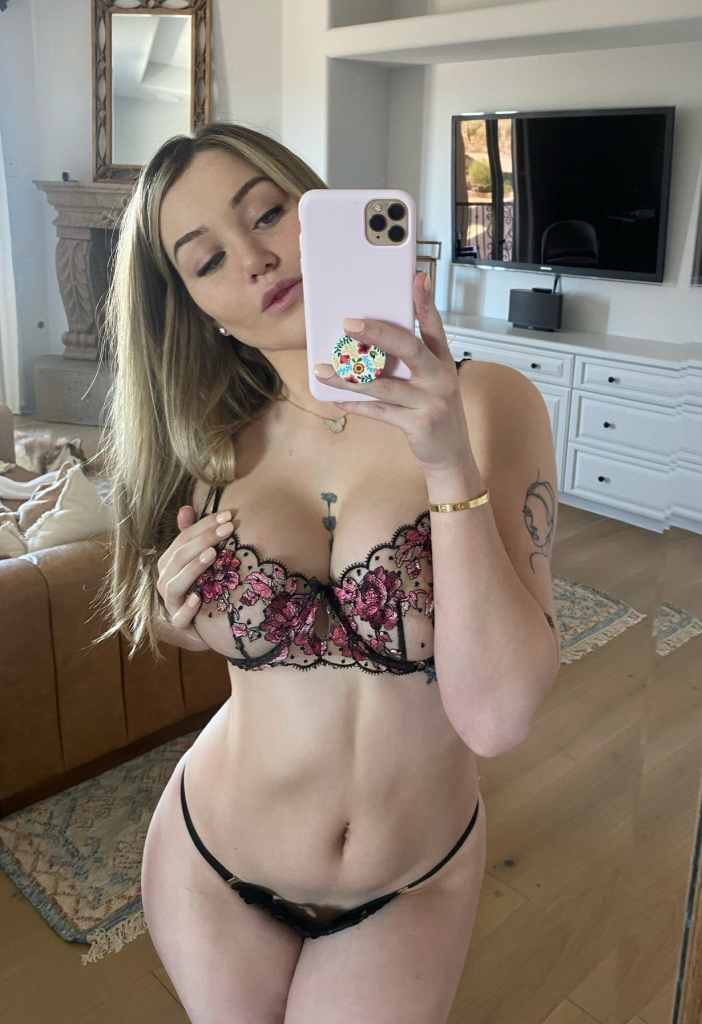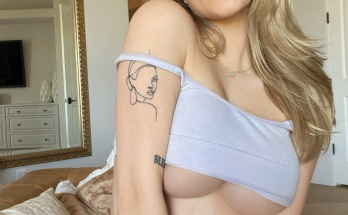
The photograph captures a moment of quiet intensity: a person kneeling outdoors in front of a modern building. The architecture is sleek and minimal—white walls and expansive glass windows reflect the clarity of the day, suggesting a space that is both open and introspective. The sky above is a brilliant, uninterrupted blue, casting a crisp light that sharpens every detail in the frame.
To the left, a flowering plant with vibrant purple blossoms adds a burst of organic color. It softens the otherwise geometric and sterile backdrop, introducing a sense of life and impermanence. The juxtaposition between the natural and the constructed—between the blooming plant and the clean architectural lines—sets the stage for a narrative of contrast and duality.

🧍♀️ The Subject: Posture, Presence, and Poise
The person in the image kneels with a grounded yet vulnerable posture. Kneeling, in many visual traditions, evokes humility, introspection, or reverence. It’s a gesture that strips away pretense, placing the body in direct contact with the earth. Here, it feels less like submission and more like a moment of communion—between self and space, between thought and silence.
Their white tank top catches the sunlight, amplifying the purity and openness of the scene. White, as a color, often symbolizes clarity, renewal, and emotional transparency. It’s a blank canvas, inviting interpretation and reflection.

Their long, wavy blonde hair is tied back in a ponytail, revealing the contours of their face and neck. This choice feels intentional—an act of exposure, of stepping forward without armor. The hair itself, textured and sunlit, adds a tactile softness to the image, contrasting with the hard surfaces around them.
🖋️ Tattoos and Ornamentation: Identity Etched in Skin
Both arms are adorned with tattoos, each one a permanent mark of personal narrative. Tattoos are visual declarations—symbols of memory, rebellion, transformation, or belonging. Though the specific designs aren’t fully visible, their presence alone speaks volumes. They interrupt the smoothness of skin with stories, hinting at a layered identity beneath the surface.

Around the neck hangs a heart-shaped pendant. It’s delicate, almost childlike in its simplicity, yet emotionally potent. The heart is a universal symbol—of love, vulnerability, and emotional truth. Worn close to the chest, it becomes a talisman, a quiet reminder of what matters most. In this context, it feels like a counterbalance to the tattoos: where ink speaks of permanence and defiance, the pendant whispers of tenderness and connection.



